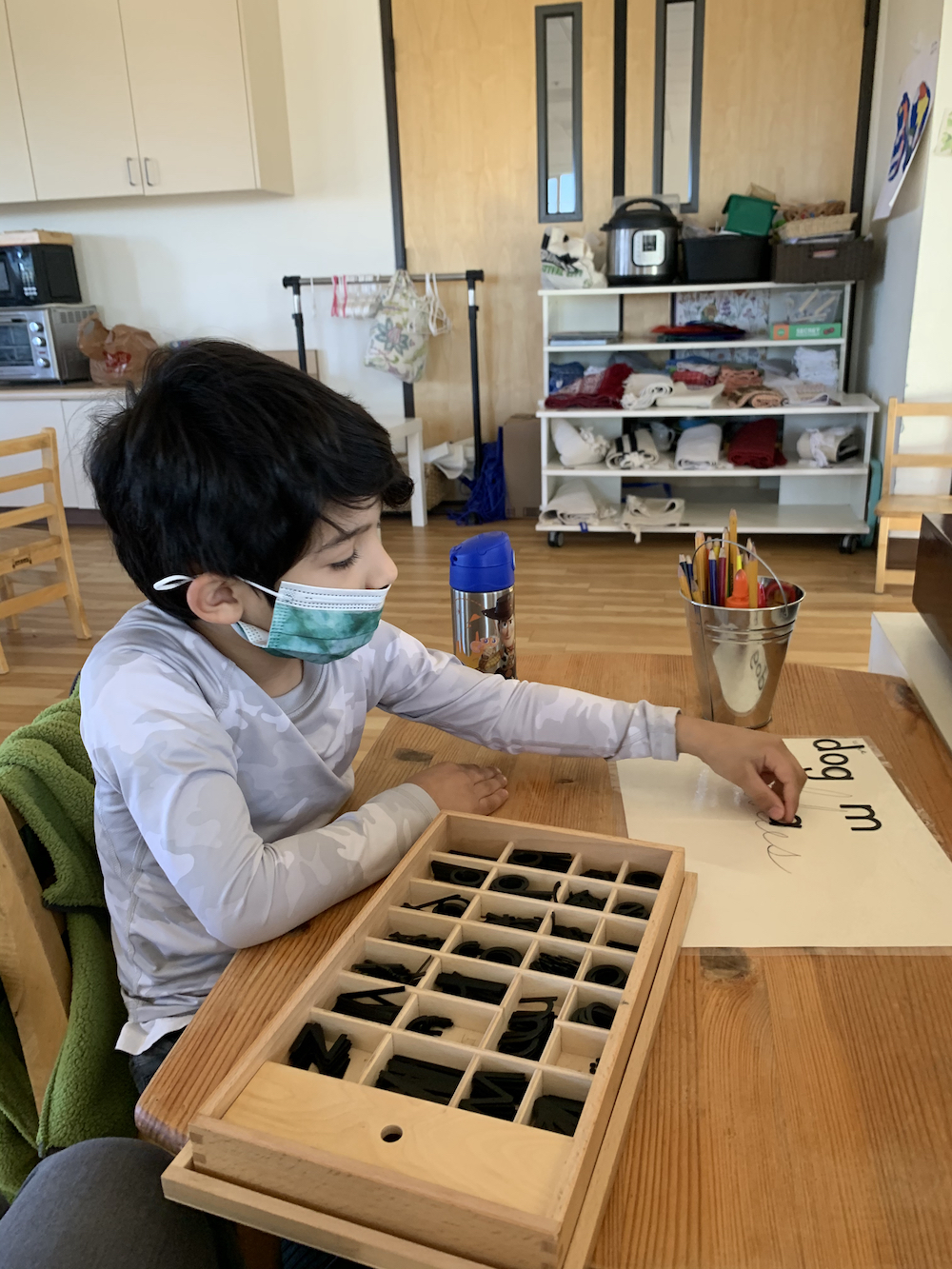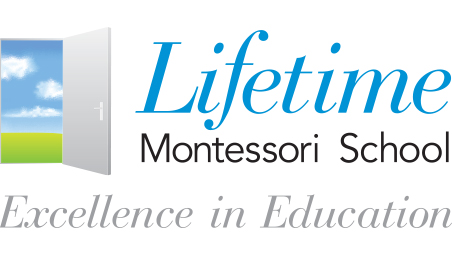(858) 759-0631
Recently, Montessori elementary school parents listed reasons why they decided to invest in their children’s private education this Fall. They stated:
- An independent learning environment
- Low teacher-to-student ratios and,
- Age-range student peer groupings.
The core benefit: “ensuring my child learns how to think.”
Benefit #1: Providing An Independent Learning Environment
Dr. Maria Montessori’s 110 year old philosophies have fared well as America’s parental vision about how to raise their kids has changed. Her methodology centered upon creating an individualized, independent learning environment by:
- Respecting children as if they were adults, thereby building their self-awareness, empowerment and motivation to succeed
- Giving children the freedom to learn at their own pace while completing their work by themselves with minimal help from the teacher and,
- Mastering topics via trial, error and practice.
Building this independent learning environment is at the heart of the Montessori Method by focusing on an academic, social and emotional triad of skill sets.
Benefit #2: Low Teacher-to-Student Ratios
Most traditional elementary schools have far more students for each classroom teacher to manage:
- Up to 30-32 kids that are all the same grade level
- All learning the same thing via teacher lecture
- All at one time and,
- All moving forward whether the child understands the material or not.
By contrast, Montessori elementary school classroom teachers guide:
- A small number of students who are not necessarily the same calendar year age
- Students to ‘do it yourself’ by giving them responsibility and expectations to manage.
The takeaway: fewer students per teacher means more teacher time for your child.
Benefit #3: Peer-Age Students Work Like Spokes in a Wheel
Most elementary schools group children into six grades based on the specifics of the child’s date of birth.
- By contrast, a Montessori elementary school has but two designations—Lower Elementary (LE Grades 1-3) and Upper Elementary (UE Grades 4-6). Students are promoted from LE to UE when they have achieved curriculum mastery—not because they must.
Peer-age student groupings allow children to work together in collaborative, cooperative and communicative ways. Some results are:
- Achieving more learning by working together like spokes in a wheel
- Opportunities for older students to build leadership and mentorship roles as they graduate to the next level
- Opportunities for younger students to learn, assimilate and self-motivate to become stronger students
- Decreasing the potential of bullying since older and younger kids work together collectively and respectfully.
Summary
These three benefits—independent learning environment; low teacher-to-student ratios; and peer-age student groupings—create the Lifetime Montessori Elementary School Edge. Your investment today in your child’s academic, social and emotional foundation will pay dividends when admissions officers see that your child is a cut above.

